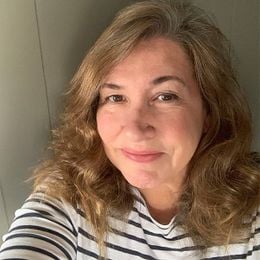In Motion: The Next Avenue Photo Exhibit
12 people show what it's like to be true to their purpose
Cristobal Trejo, a worker at the famed Churchill Downs racetrack, provides daily care for the horses he loves. Carol Challas, a breast cancer survivor, founded the Derby City Dragons, a supportive and dedicated dragon boat team with 40 members, comprised entirely of breast cancer survivors. Photojournalist Bud Dorsey, who began a storied career by turning his lens on life in West Louisville, Ky. during the Civil Rights movement in the 1960s, continues to serve as "a visual historian" in the community where he was raised and where he raised his own family.
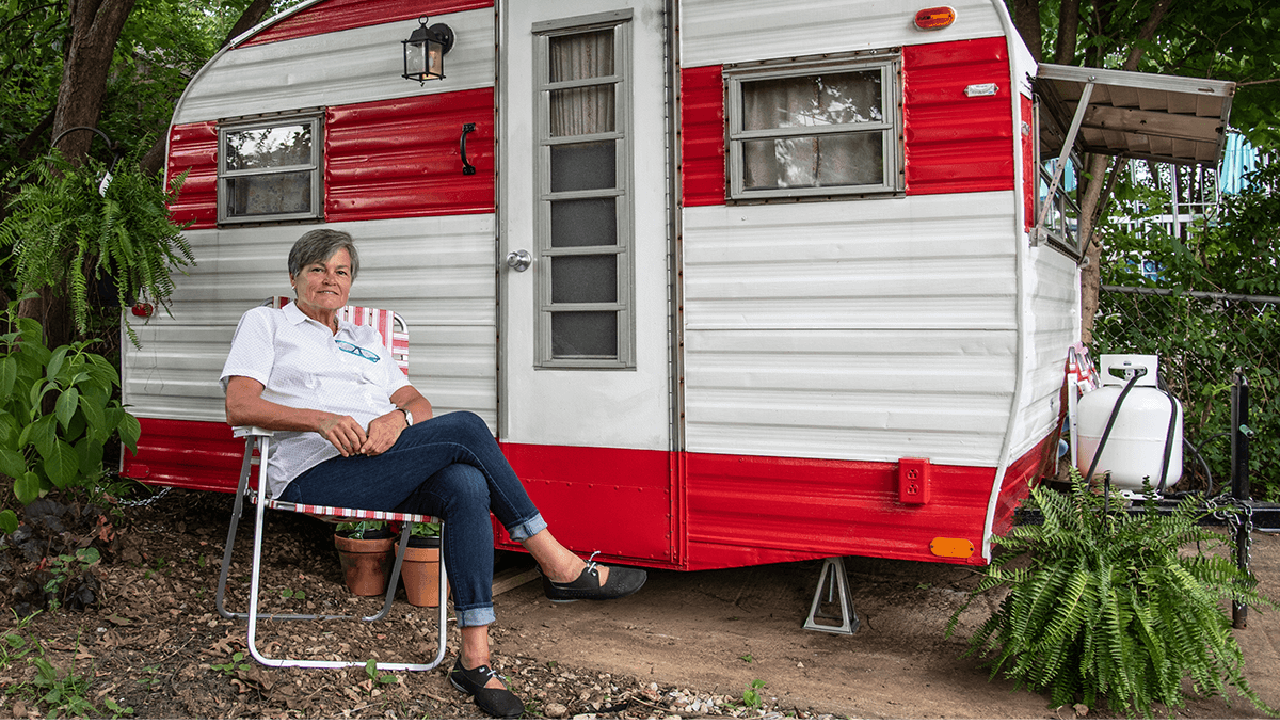
This summer, Denver photographer Heidi Wagner, founder of The Passions Project, spent several days in Louisville, Ky. with Trejo, Challas and Dorsey, along with nine other local older individuals, to capture the ways in which each one has created space in their lives for what matters to them.
"These people are representative of not only the spirit of our city, but they embody the spirit of living life on their own terms, with confidence and joy."
Ageism in America is prevalent, and stories of older adults contributing to their communities, pursuing their dreams or just following their own paths are often overlooked. In our youth-obsessed culture, the faces of those who may no longer be as youthful in body, but certainly are in spirit, can be ignored. And we wanted to shine a spotlight on this particular kind of beauty.
The result was a Next Avenue photo exhibition; in partnership with Ruth's Table and Bethany Center Senior Housing in San Francisco, the 12 portraits are on display through September 30, 2019.
A Sense of Purpose
Longtime Louisville resident and writing instructor Angela Burton accepted Next Avenue's invitation to curate the photo subjects for In Motion.
"The 12 people I singled out for this project are truly living with intention, purpose and passion through art, social justice, compassion, curiosity and by doing work that is central to who they are," says Burton. "These people are representative of not only the spirit of our city, but they embody the spirit of living life on their own terms, with confidence and joy."
‘Stories With Depth’
Wagner called each of the Louisville photo shoots "a new adventure" and recalls the diversity of locations — including a blacksmith's shop, a hospice facility and a bountiful garden — as places where she was able to spend time with each of the subjects in their element. In her commitment to photographing older adults, Wagner aims to break down barriers and help people find commonalities with others of all ages.
Whether it's a career, an avocation, a hobby or a cause, the members of this group, all over 50, are pursuing goals which bring them happiness, fulfillment and above all, validate the purpose they see for themselves today.
In Motion: The Stories
Cristobal Trejo
Born in Mexico to a family with a horse farm, Cristobal Trejo came to the United States when he was 14 and soon began working at Churchill Downs. Every day at 2 a.m., Trejo checks in with the horses, washes them and assesses "how they are feeling." His connection to the animals is a powerful one — during the day, when he's working outside the barn, Trejo also communicates with the horses as they "talk" to him.
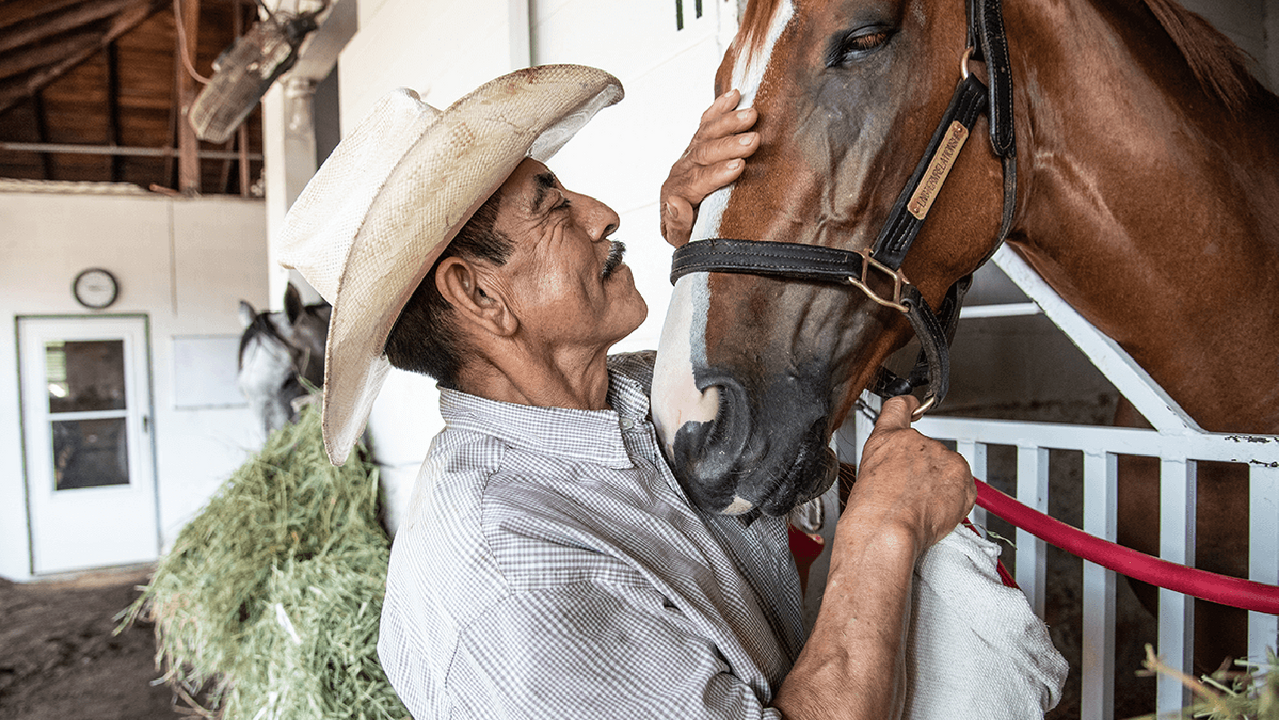
While Trejo would say that his relationships with all of the horses are meaningful, he recalls how heartbroken he was several years ago when one of the horses, long in his care, was retired to the Kentucky Horse Park, a working horse park in Lexington. Trejo compares the experience to "losing a best friend."
Although he has been offered other positions at Churchill Downs, Trejo has always declined because the jobs would remove him from close proximity to the horses.
"It is easy to connect with horses, much easier than people," he says. "They appreciate you more."
Carol Challas
Paddling on the Ohio River with fellow members of the Derby City Dragons, Carol Challas rhythmically pulls on the oars alongside women who have become friends, both on the water and in daily life. Now with more than 40 members, the Derby City Dragons, founded by Challas seven years ago, are all breast cancer survivors. There are some members who have been cancer-free for 25 years, and others currently being treated for Stage 4 cancer — and everything in between.

"We are literally and figuratively in the same boat," says Challas, who had been part of a similar group in Minnesota before moving to Louisville and launching this version. "We have all been given that devastating diagnosis of breast cancer and all fearing that was it."
Fresh air, invigorating exercise and camaraderie are what keep these women afloat, literally and figuratively.
"We all inspire each other," says Challas. "We give each other hope on how to live without that fear of cancer coming back."
Bob Hill
When Bob Hill was first starting out in journalism — he spent more than 30 years as a columnist for The Courier-Journal in Louisville — he would traverse the state of Kentucky looking for story ideas in various communities. One story would lead to another.
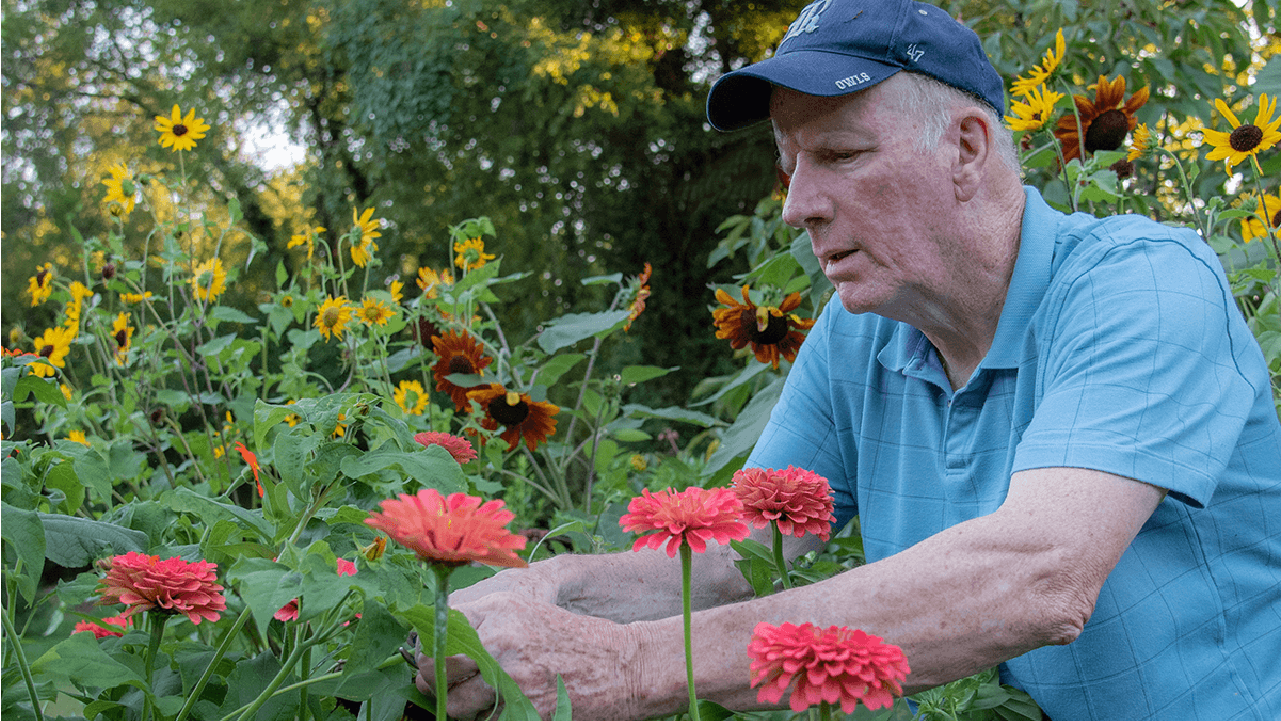
"I would get letters and phone calls from people telling me to come and check out a certain area," says Hill. "I was a slice-of-life writer."
Nowadays, Hill and his wife Janet tend six acres of land in nearby southern Indiana filled with gardens …one leading to another.
"Gardening is in my blood, it's part of who I am. It is in my soul more than I ever knew," he says. "I love the rhythms of the seasons."
The property has become a sanctuary not only for the Hills, but for visitors who can come and stroll the grounds admiring the flowers as well as the sculpture garden.
Hill's current "slice-of-life" is abundantly filled with, as he likes to say, "a whole lot of whimsy."
LaCreis Kidd
The name "LaCreis" means "the believer," from the Spanish word creer, or "believe." According to LaCreis Kidd, her mother, 16 years old at the time of her daughter's birth, gave her that name in the hopes that the pair "would defy the poor socioeconomic status woes associated with teen mothers having a child out of wedlock."
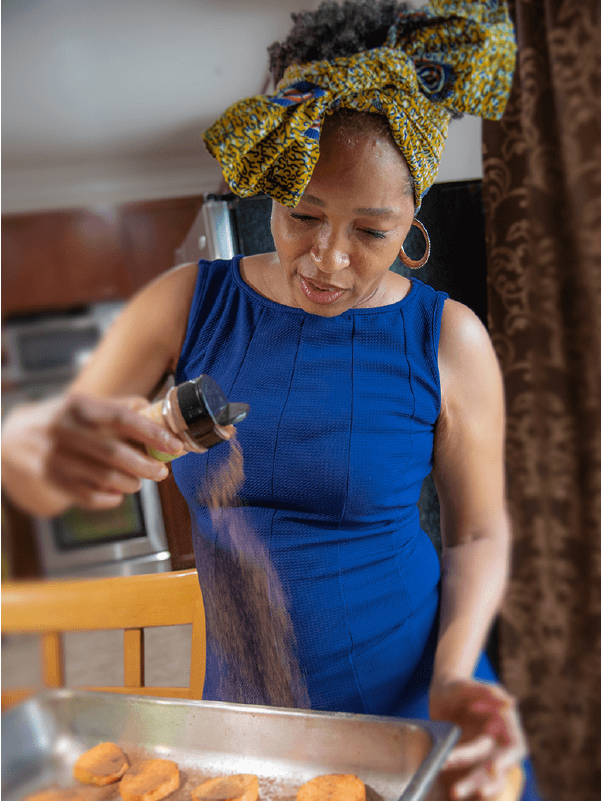
The first African American woman to graduate from MIT with a doctorate in toxicology, Kidd now works as a cancer researcher at the University of Louisville. Her mother went on to get a master's degree and became an assistant principal in a New York school.
As is the case with many families, food became a symbol of togetherness and love — even when the food (Southern and Hispanic in origin) wasn't especially healthy.
"At the age of twenty, I set out on a mission to learn how to cook healthy," says Kidd, adding that many of her family members have a history of cancer and high blood pressure. "My cooking was shaped by international students and restaurants while I attended college and graduate school. I learned to incorporate concepts from Asian, Hispanic, Caribbean, African and Indian cuisine."
Today, Kidd runs a cancer genetics research lab, and in her work, she hopes she and her team "can help identify altered genes that help explain what causes cancer, as well as its aggressive nature."
Outside of the lab, Kidd shares her healthy cooking mission via social media videos and cooking classes.
"I believe cooking and the study of genetics may lead to effective ways to both prevent and treat cancer. It is my hope that I can help people live longer and more productive lives," she says.
Craig Kaviar
The phrase "If you do what you love, you'll never work a day in your life" likely applies to blacksmith artist Craig Kaviar.

Scrap metal, pipes, rods, hammers and random artifacts are plentiful in his studio, and all are put to use as part of Kaviar's unique functional sculpture work — truly everything from door knobs and handrails to furniture and public art.
"Art is a hard life, but I can't imagine doing anything else," he says. "When times were hard and there wasn't enough money to pay the bills, I thought about doing something else, but I couldn't think of anything else I would like to do, so I stuck with it."
As Kaviar went on to study blacksmithing, a learning process of "trial and error," he developed an experimental style — something common to the current generation of blacksmiths. "We didn't know all of what we could do and couldn't do," he adds, saying that many blacksmiths working today are self-taught.
Kaviar marvels a bit at his work. "You take a strong substance like iron and heat it red hot, manipulate it to your will, and when it cools, it becomes almost indestructible," he says.
Above all, he draws inspiration from his love of nature. "A lot of my work represents the natural world. I let the hot metal grow, like the natural world grows," says Kaviar.
Faye Kirtley
As the only girl in a family of six brothers, and the mother of seven, Faye Kirtley has learned to put things in perspective.

"Having seven children — the cuts, the bruises, the car wrecks, the heartbreaks and drama — you can't agonize over everything. You have to let things go," says Kirtley.
Since she was a child, sewing has always been a creative outlet. From making doll clothes, to her own clothes, to clothes for her children, Kirtley's passion eventually evolved to quilt making.
"I love quilting and all that goes into it; the fabric and all the stuff, every little aspect of it excites me," she says of her 20-year hobby.
Kirtley has lost count of all the quilts she's made over the years, and all the collections her love for quilting has launched: patterns, fabrics, sewing machines and a host of projects, both finished and unfinished.
"I can go to my sewing room and before I know, it can be 7 p.m. and I'll have forgotten to eat lunch," she says. "And I never feel tired. Quilting energizes me."
Ellen Stanley Sears
In a big park in Louisville, called Beckley Park, Ellen Stanley Sears is on the hunt for small things — mostly snails and sleeping bees. Using an old iPhone with a macro lens, Sears zooms in on her subjects, moving stealthily to get the shot she wants for her Instagram account.

This is a place with a larger meaning, too; she and her late husband often visited, walking its paths. "It was his place," says Sears. "After he died, it became a refuge for me."
Sears has recently discovered another refuge — her 1976 red and white Play-mor camper. Discovered online by a friend, Sears was smitten with the colorful abode, so much so that she crafted a love letter to the camper, including these words: "I desperately need someone to talk me into buying it or talk me out of buying it."
And now she's trying to figure out how to get her newly acquired love into her backyard, where it will serve as an art studio, which is something else she mentioned in her letter. "I'd bring out a watercolor pan or two and fill a celery vase with tiny brushes and extra reading glasses," she wrote. "And the cupboards and drawers would hold paper and tools."
"I do art the size of quarters," Sears adds. "So it will be the perfect size."
Sister Jean Anne Zappa
An Ursuline nun, Sister Jean Anne Zappa has a passion for service to others, social justice issues, her family and the Pittsburgh Steelers. In her office at Shively Area Ministries, she has photos of her large Italian family in her childhood home in Pittsburgh.
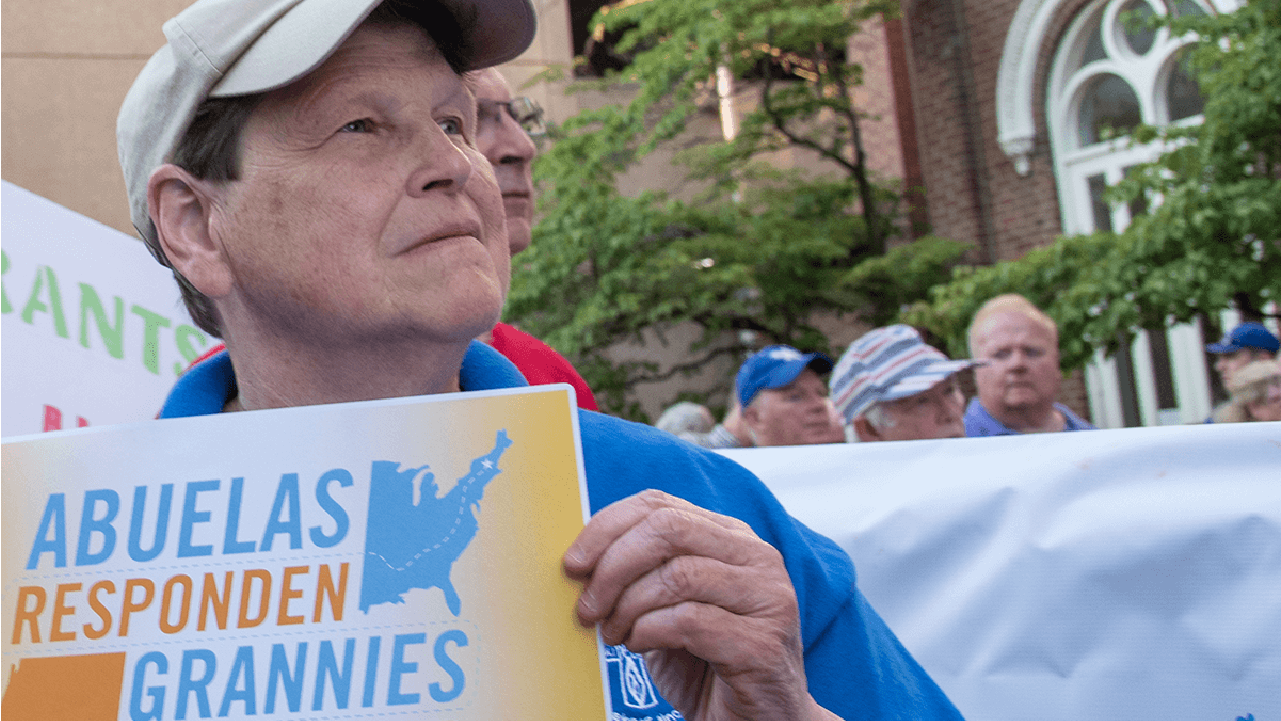
Sister Jean Anne's role is multi-faceted; although she works in fundraising for projects such as the food pantry, she says she doesn't ask for money.
"I go into the community, tell people our story and ask them to come and see our organization at work," she says. "I invite people to be part of our mission."
This photo was taken during a vigil at a church in downtown Louisville in response to the conditions at the border and the treatment of immigrants.
"Our order is very involved in social justice issues. Women in religion have always been on the forefront of social justice issues," Sister Jean Anne says. "Women in general are typically more oppressed, so we all know and understand why it is an important fight for equality and justice. I want to help create change."
Bud Dorsey
The gift of a camera when he was 5-years-old (a Brownie Hawkeye) proved to be the tool that would transform Bud Dorsey's life. In his hometown of West Louisville, Dorsey began documenting its beauty and its challenges, or as he says, "the good, the bad and the ugly." He was an insider telling his community's story, not an outsider.
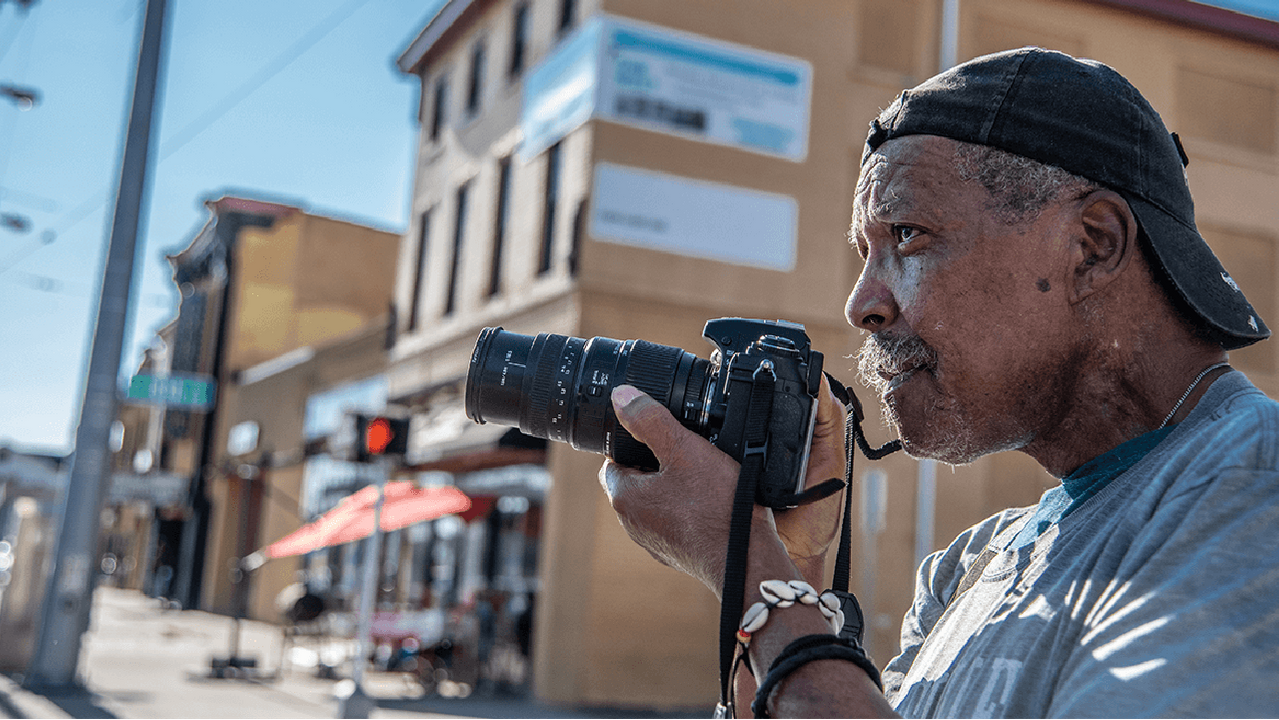
"I don't call myself a photographer. I document history, a visual historian," says Dorsey. "I am not interested in taking portrait photos or pretty pictures. I like taking pictures that capture people's emotions, their natural beauty, their essence."
This was true during the Civil Rights movement, and also over the subsequent course of his 40-year career as a photojournalist, when Dorsey's presence at community events or demonstrations was a given.
"I knew what I was doing was important, but I was doing what I love to do," says Dorsey.
His collected work is featured in the book, Available Light: Louisville Through the Lens of Bud Dorsey.
Karen Cassidy
A palliative care nurse by vocation, Karen Cassidy discovered her mission based on a simple premise: "Everyone deserves to die with dignity and I wanted to provide that home for those that need it."

Hildegard House is that home, where people who are homeless or alone can come to spend their final days in comfort and with companionship, offered by a team of volunteers. Cassidy, the founder of Hildegard House and its executive director, says the funding for the free facility comes from donations and grants.
"Something that is miraculous about us is that we provide care 24/7 without a revenue stream," she says. "We must have a guardian angel."
For Thelma, pictured here, Cassidy herself may well have been that angel. Living alone, Thelma came to Hildegard House and in Cassidy's words, "was a tough nut to crack," but began to soften over time. The two formed a friendship (Thelma called Cassidy "The Boss Lady") and Cassidy soon established a ritual where she would check in every night with Thelma before leaving for home.
"She would always say, 'I love you and thank you for letting me be here,'" says Cassidy.
Thelma died less than a month after this photo was taken.
Fred Johnson
"It is my belief that no one in the English language connects more deeply and spiritually with the American warrior than William Shakespeare." These are the words of retired Army colonel Fred Johnson, the co-founder of Shakespeare with Veterans, a Louisville theater company.
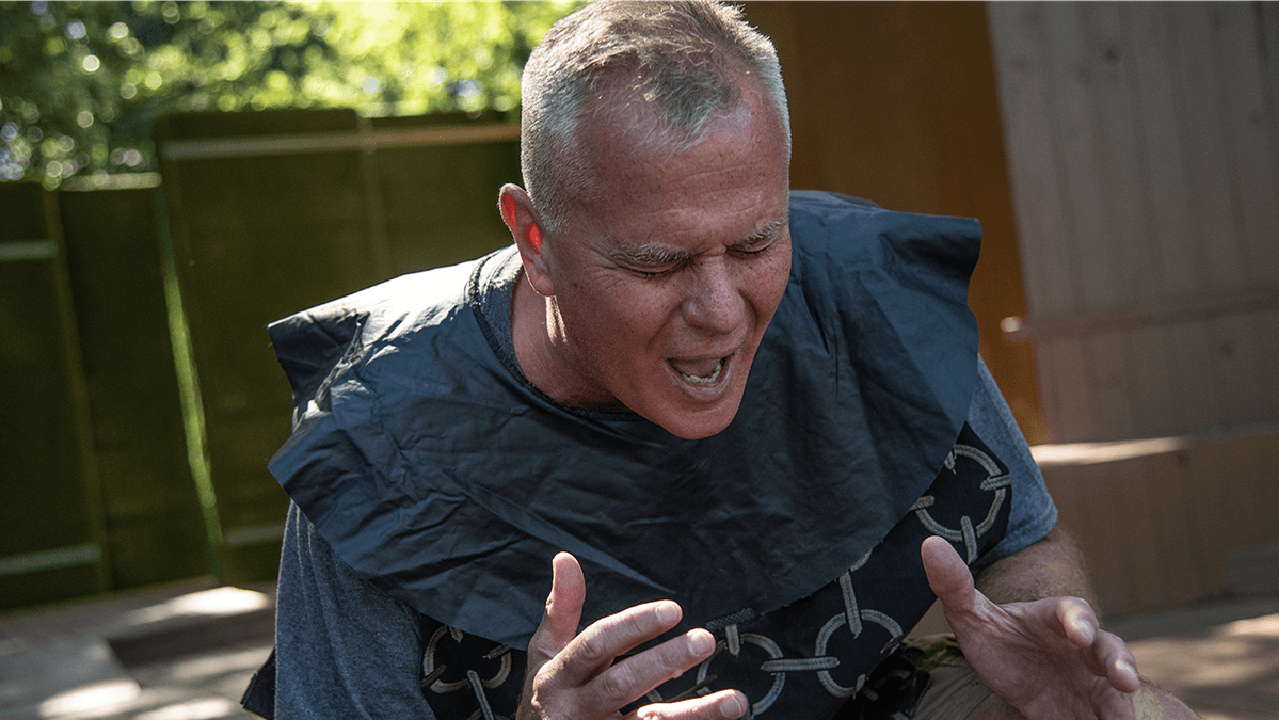
Johnson credits Shakespeare with Veterans with saving his life. Following four deployments, and preparing for a fifth to Afghanistan, Johnson realized he was already fighting a war — with himself — and knew something had to change.
During a previous deployment, Johnson lost a soldier during a mission. When he returned to the U.S., the weight of his guilt and shame "felt like a boulder" sitting on his chest; the weight was crushing his connections to others and his own will to live.
Not long after a failed suicide attempt, Johnson connected with other veterans and in 2015, Shakespeare with Veterans was established.
"We started out more as a healing group, using art as healing, but we have evolved into an acting troupe," he says.
Performing plays such as Macbeth and Julius Caesar, members of the cast are plunged into an arena that was originally unfamiliar — the stage. But as Johnson has discovered, there are surprising similarities to the experience of combat.
"I get done performing, and I think, 'I never want to do that again' and then, 'When do I get to do that again?'" he says. "Acting is like combat; you are in the moment, everything slows down, you remember your training. It's all the same."
For Johnson and the other members of the acting company, learning and performing Shakespeare offers them an opportunity "to do something bigger than ourselves," he says.
"That's what we really miss from our time in the service. We miss camaraderie and sense of purpose," says Johnson. "Shakespeare with Veterans has offered us a common mission."
Mona Changaris
Balancing two passions is as effortless for Mona Changaris as, well, dancing. Founder of a luxury confection company, Changaris has a deep love for chocolate. It was honed during a stint in culinary school when she was in her 20s and then refined in later years, where after developing allergies to soy, walnuts and dairy, she set a goal to make chocolate that everyone could enjoy.
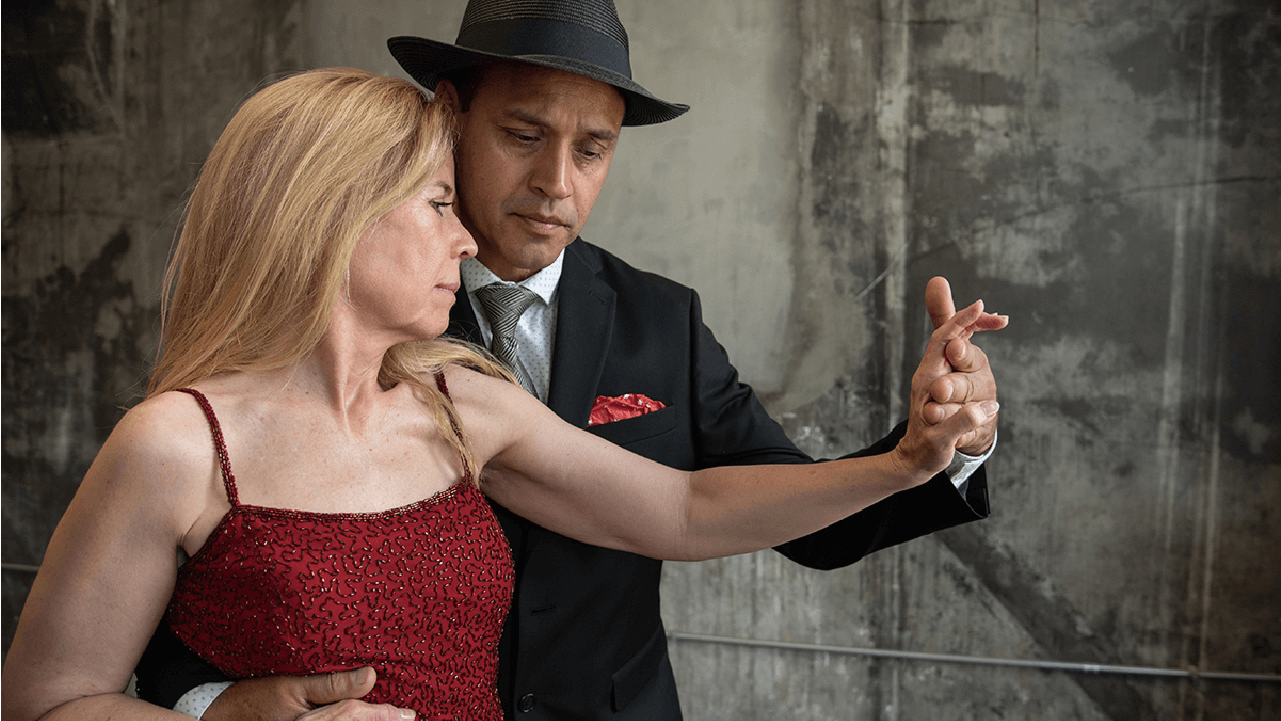
"My husband — who is a doctor, biochemist and all-around genius — developed a chocolate recipe using agave as the sweetener," says Changaris. The company now makes vegan, common allergen-free, and low glycemic candies.
Dancing started much earlier — ballet when she was young, and then ballroom dancing, which Changaris says was "enjoyable." But she found she was looking for something more. Tango.
"Of all the dances I saw that were available with a mature adult partner option, tango is the one I felt closest to," she says. "Unlike other ballroom dances where the man gives you a direction and you follow it, in tango, you can say where you are going to go and what you are going to do."
On the dance floor and in life, Changaris is certain of her purpose. "I am my own person. I have my ideas and I take my direction," she says. "If you want to be with me, that's wonderful, but I am taking my choices where I want them to go."
Editor's Note
In Motion was made possible with support from Aroha Philanthropies.
Special thanks to Heidi Wagner for sharing the notes she took during the photo sessions.
